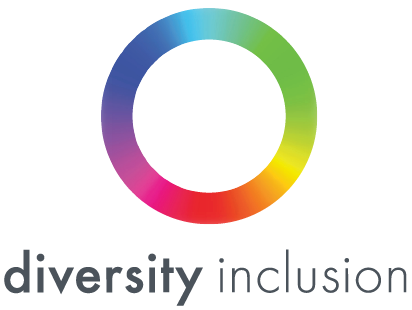Want to create a best-practice culture whilst saving your organisation time, energy, and money? We have the simple secret…
There are hidden costs in all organisations. However, there is one cost that stands out from the rest. It’s the significant devastation and expense caused by bullying, harassment, and discrimination in our workplaces.
It’s hard to believe, but the cost of workplace bullying in Australia (in all its forms) is estimated to be up to $36 billion annually. This includes costs associated with the following:
Organisational:
Time spent investigating the incident
Legal costs
Reputational damage
Low internal morale (stifling high performance)
Staff turnover (recruitment and training costs).
Employee
Employee health and wellbeing
Negative impact on career and income.
Furthermore, bullying, harassment, and discrimination often leads to poor mental health and depression. This is costing Australian employers approximately $6.3 billion annually. This cost predominantly encompasses employee presenteeism and absenteeism, and their associated expenses, which can be significant.
We know that the magnitude of bullying, harassment and discrimination in Australian workplaces is vast, with 1 in 2* Australians witnessing workplace bullying throughout their career. So, if you think your organisation is not affected – think again! If not today, it could be tomorrow.
So, what can you do to eliminate bullying, harassment, and discrimination in your workplace, and/or mitigate it from happening in the first place?
Don’t let sleeping dogs lie – call it out
Unfortunately, bullying, harassment, and discrimination has often gone unchecked in our organisations. Issues have been allowed to ‘fester’ evolving into substantial and damaging problems that impact the whole workplace. HR managers are often left to reactively deal with the aftermath – which can take months, if not years, to resolve in some cases.
The time has come to put an end to this approach and to revolutionise how organisations, managers, and employees take responsibility for their workplace culture – and it starts with ‘calling it out’. That means putting a stop to negative workplace behaviours straight away, before they escalate into cases that cause real damage to organisations and their people.
This approach to ‘nipping things in the bud’ early, to prevent the intensification of inappropriate behaviours, is proven to save time, energy, and money, as well as contribute to creating a positive and high-performing workplace culture.
What does a ‘call it out’ culture look like?
One person on their own cannot change a culture. But, by empowering all employees with the awareness, skillset, and confidence to call out negative behaviours appropriately, your organisation’s hidden costs associated with bullying, harassment, and discrimination, can be mitigated. Furthermore, you will create a positive workplace culture, characterised by respectful relationships and enhanced performance.
This approach also shares the responsibility for creating a positive workplace culture across every employee. It is no longer the sole responsibility of HR and senior leaders to manage inappropriate behaviours by relying entirely on a formal process. It is the responsibility of everyone in a business – the way it should be.
Strategies to mitigate inappropriate behaviours
Employers must be proactive in this area. By identifying negative behaviours early, the organisation can save itself a world of pain. Some simple ways to do this are as follows:
Regular consultation with employees regarding their experiences of bullying, harassment, discrimination, and more general negative behaviours (or any risk factors identified). This can be done via staff survey, discreet face-to-face private discussions, team activities or company-wide training
Ensure associated workplace policies, complaint procedures and a Code of Conduct is accessible to all employees, providing process consistency and transparency
Ensure the disclosure, reporting and the handling of bullying, harassment, and discrimination complaints is quick and thorough, and consider seeking external input if required
Develop a culture of psychological safety, respect, and open communication, to reduce the likelihood of inappropriate workplace behaviours
Demonstrate leadership support for a ‘call it out’ ethos across your organisation
Provide company-wide information and training to employees regarding how to prevent, respond to and ‘call out’ workplace bullying, harassment, discrimination, and negative behaviours
Interested in empowering your employees to ‘call it out’? Chat to us!
*Australian Human Rights Commission

